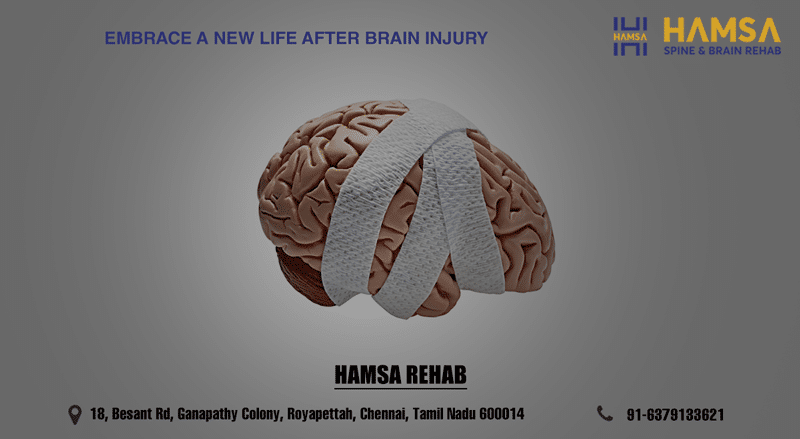

The human brain is undoubtedly the most complicated organ and it’s still not completely understood. Doesn’t it amaze you sometimes how your brain can store so many thoughts? Remember the sequence of every single thing that you do from the time that you wake up until you go back to bed? Well, it’s certainly the most unique part of the body which keeps all the other parts functioning together in harmony.
This valuable organ is covered with multiple layers of cells, liquid and placed inside an almost impenetrable thick skull. However, a bump/blow or jolt( traumatic brain injury) to the head or blockage /rupture of blood supply (stroke) can result in brain injury, thus altering the normal function of the brain. More than 3.5 million people in a year, all around the world sustain a brain injury, of which 50 thousand result in death.
Those who survive a brain injury can face long-lasting effects including disability. Some people regain consciousness within a few days, while others may take weeks /months. Symptoms may range from mild; states of confusion, being emotionally unstable, slurring of speech to severe; being completely bedridden and unable to move.
Also Read: A Short But Essential Guide To Brain Stroke
Physical disabilities may leave a person unable to move his hands and legs to stand/ walk. Ability to understand, speak and swallow might be significantly affected. The person will not be able to perform his/her daily living activities, engage in meaningful social gathering and would impose restrictions on their participation. These stages are devastating to most caregivers, but is it the time to give up? Is there hope?
There is hope with – Neurological Rehabilitation. After medical management, the next 3-6 months are of prime importance for recovery. Undergoing an intensive rehabilitation program for brain injury, during this period can prove fruitful. The rehabilitation program offered at Brain Injury rehabilitation Centers would generally include physiotherapy, occupational therapy, speech and language therapy, swallowing therapy, psychological rehabilitation based on the patient’s specific requirements.
Also Read: What Are The 7 Stages Of Stroke Recovery?
Therapists at Hamsa Rehabilitation Center in Chennai would help train the various muscles of the body to regain strength, power, and coordination. Help the person regain access to communication, perform all activities independently and slowly get back to a near-normal life. Recovery would take time, rehabilitation would remain as a continual ongoing process – but would constantly aim to improve the individual’s quality of life.